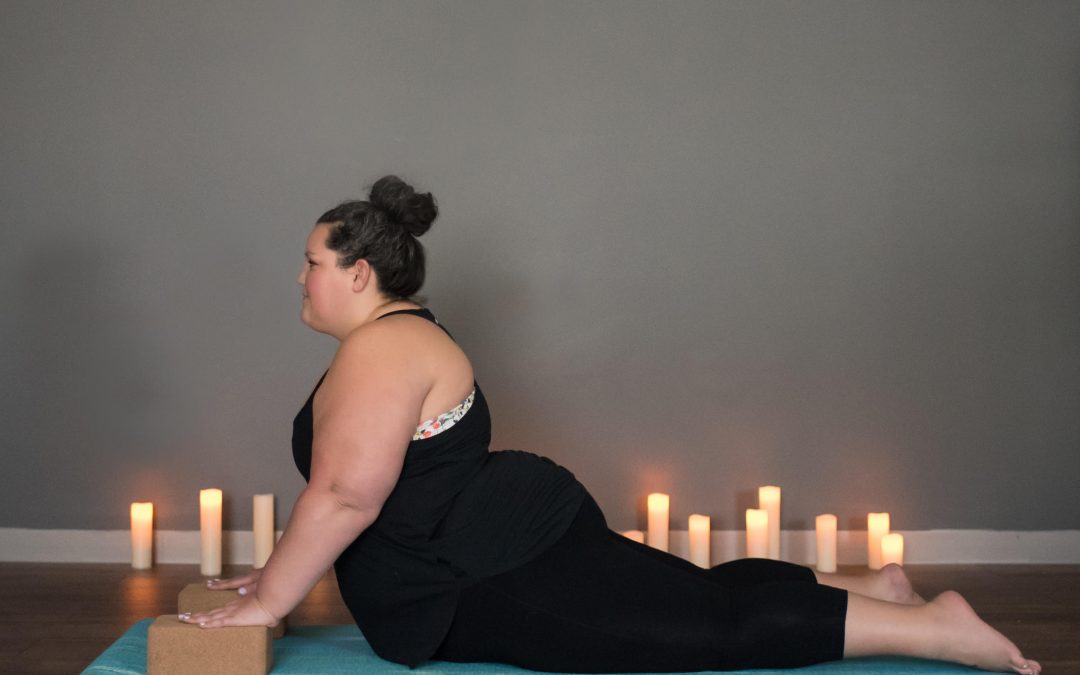Let’s talk about props.
I remember walking in to my first yoga class, being told the key elements of the studio and, “here are the props if you need them.”
What are props? And how do I know if I need them?
I saw everyone else taking two blocks and a strap, so I did the same. These things sat by my mat the entire first class because I had no clue how to incorporate them into my practice. On top of that, I don’t think I noticed anyone else actually using said props. So, as I continued practicing, I would grab the props, but never use them, because I thought these blocks and straps were crutches that showed a sign of weakness if actually used, but kept nearby as some form of security blanket.
What I have learned since that first class is this: props are designed to assist you in coming into poses. Blocks bring the floor closer to you. Straps help hands reach feet (or opposite hand in the case of a bind). Bolsters give you a boost to ease into forward folds. Blankets add cushion.
What else I learned: props are not a crutch. All levels of yogis use props. Using a prop isn’t about being unable to do something. It is about being able find poses and learn what works for your body.
I injured my hand a number of years ago falling down icy stairs. I can come into a downward dog without blocks, but for my body, I find more comfort grasping blocks than laying my palms flat to the floor. As I continue to loosen my hips, a bolster tucked under my bent thigh while in pigeon offers support. I use a strap to connect hand to hand so I can experience binds I would otherwise be missing out on.
Giving up the idea that using a prop means I “can’t” do something “right” has only enhanced my practice by allowing me to find my way to poses. As I deepen my own practice, I have been able to move the props aside in some poses, but I have added them in others. During some classes I prefer props to enable a deeper stretch or a more stable balance.
The uses of props may very well be limitless and will likely always be part of my practice. Play around with what’s available at the studio to see what you like. If like me you have no idea how props can be added during a class, ask your instructor! And if anything, grab a blanket…it’s a real cozy addition to savasana!
Emma discovered yoga as a supplement to her gym workouts in 2012, but by 2013 her gym visits lessened and so did her visits to the yoga studio. With encouragement from her mental health providers, Emma started practicing yoga at home in 2016 and found Samudra in the spring of 2017 when she signed up for a “mantra, movement, and meditation” workshop. It was love at first “om” and her practice flourished from there. As a writer with a digital marketing background, she writes for Samudra’s blog and newsletter. Emma is also enrolled in Samudra’s first Fluid Yoga teacher training, expecting to complete her 200 hour training by the end of April 2018. When she’s not on the mat, Emma enjoys time with her corgi, Savvy, reading, and writing.
Photo Credit: Two Adventurous Souls

